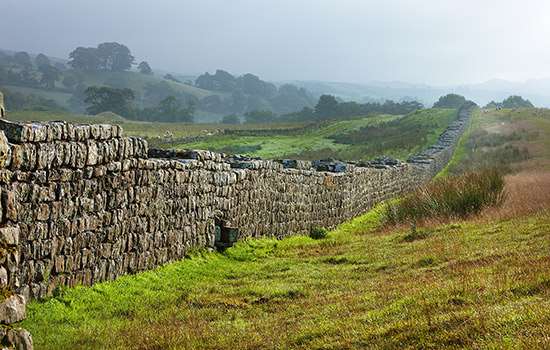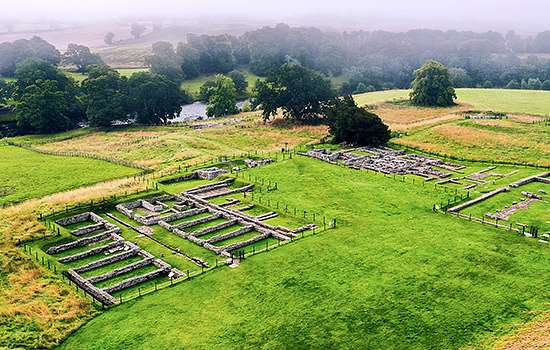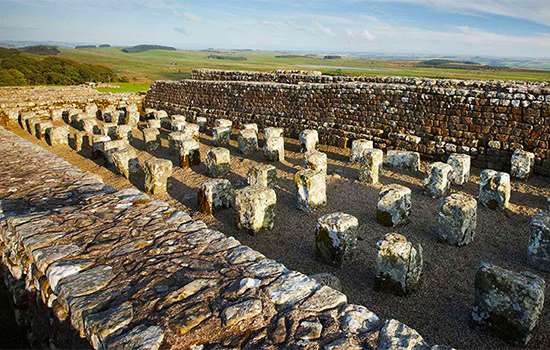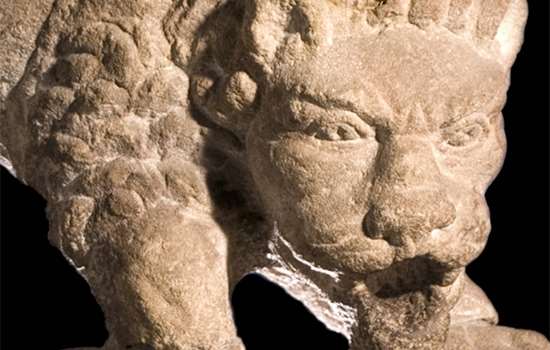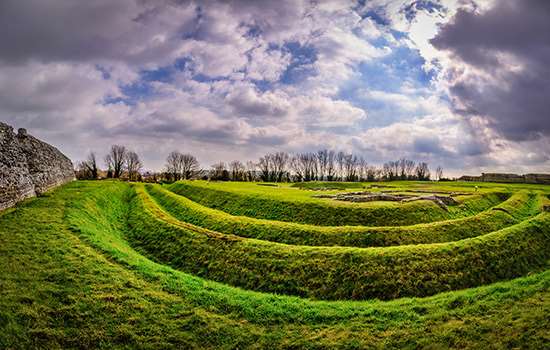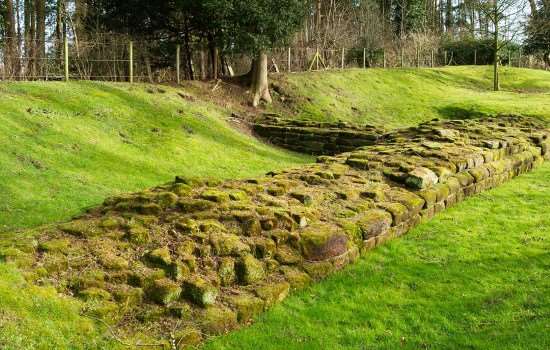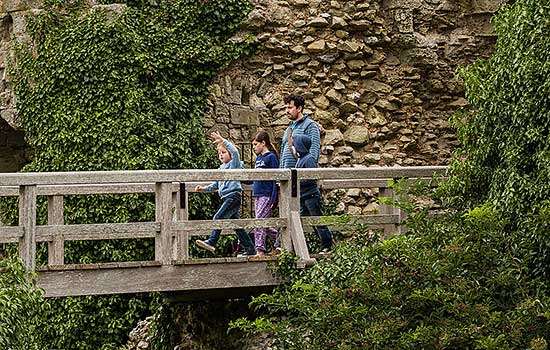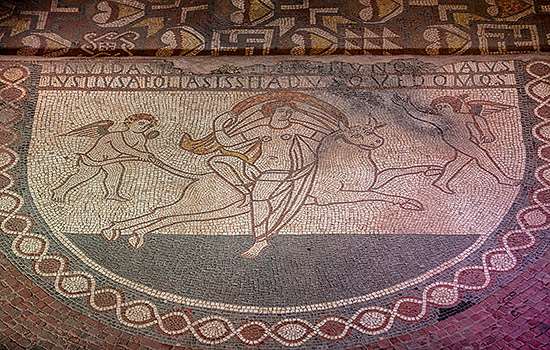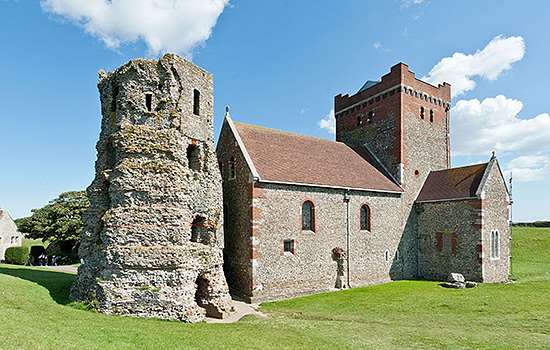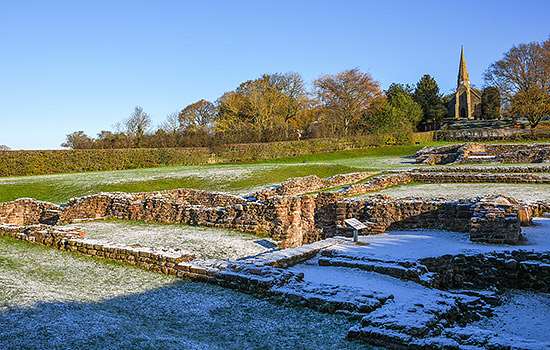UNLIMITED ACCESS TO OVER 400 HISTORIC PLACES
Live and breathe the story of England at royal castles, historic gardens, forts & defences, world-famous prehistoric sites and many others.
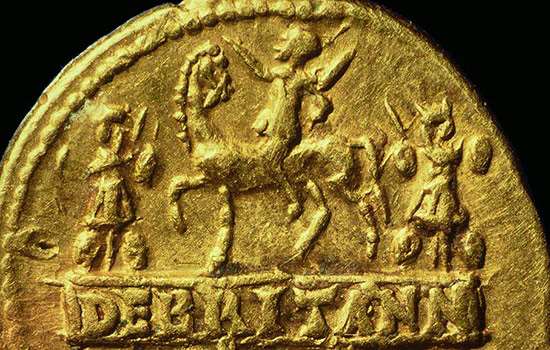
In AD 43 Emperor Claudius launched his invasion of Britain. Why did the Romans invade, where did they land, and how did their campaign progress?
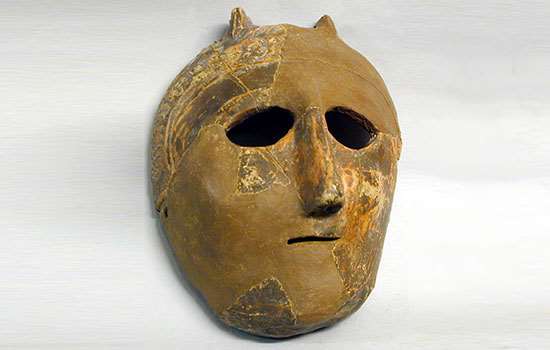
Ruler of the Brigantes, an Iron Age people of northern Britain, Cartimandua was an important ally of the Roman Empire during the conquest.
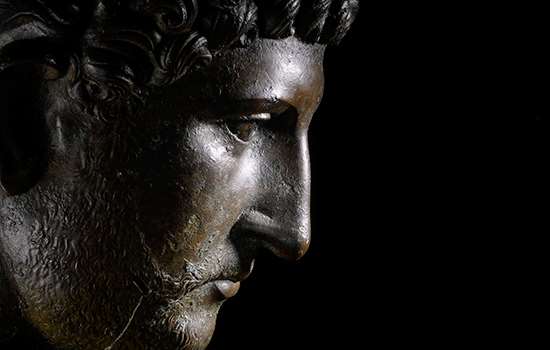
Discover the man behind Hadrian’s Wall, which was the most impressive statement of his policy of securing the empire’s existing borders.
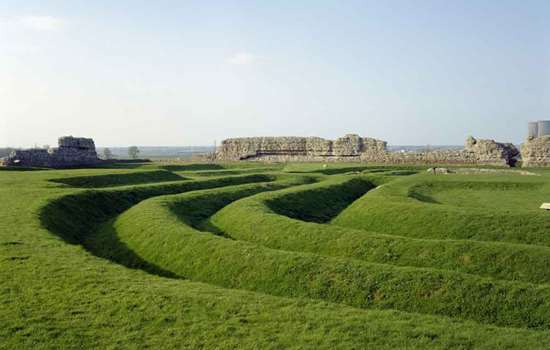
Find out how the Romans organised the army, how they controlled the northern frontier of their empire, and how they protected Britannia from attack.
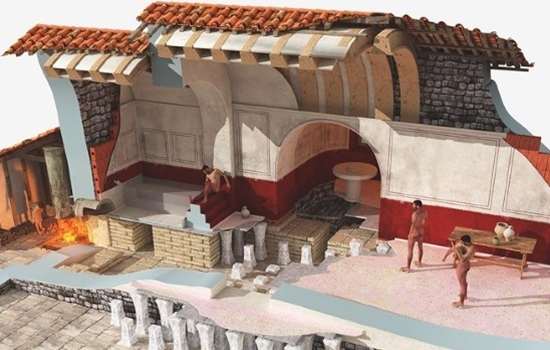
Read about Roman bathing – an essential part of Roman life – and discover what Roman bath-houses reveal about the culture and people of the time.
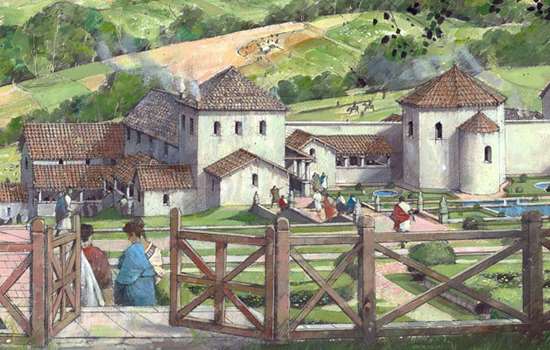
An introduction to the design, development and purpose of Roman country villas, and the lifestyles of their owners.
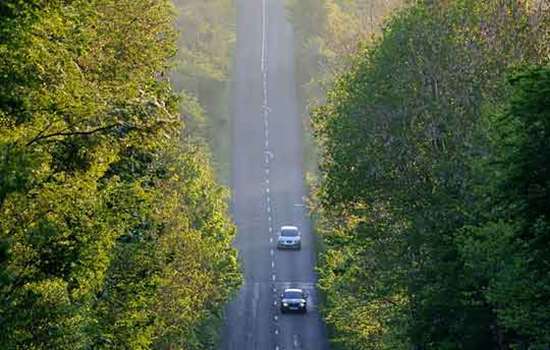
Discover how, where and why a vast network of roads was built over the length and breadth of Roman Britain.

Find out about the network of forts and roads the Romans built in the Lake District to control this area on the empire’s frontier.
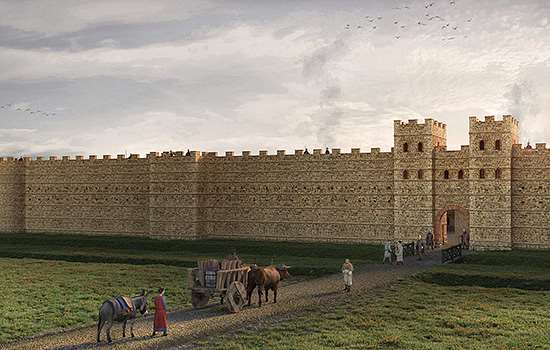
Explore a map of the Roman Empire to find out where some of the objects found at Richborough Roman Fort in Kent came from.

The amphitheatre came to British shores around AD 80–90. We chart the rise and fall of gladiators, games and amphitheatres in Britain.
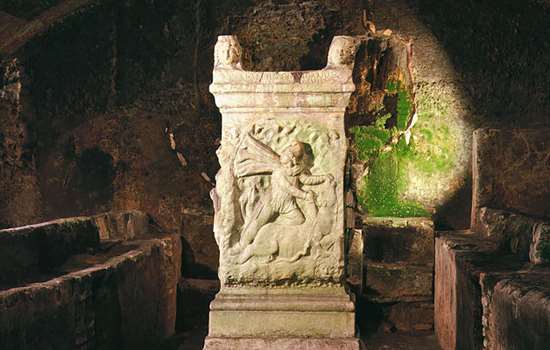
The Romans were tolerant of other religions, and sought to equate their own gods with those of the local population.
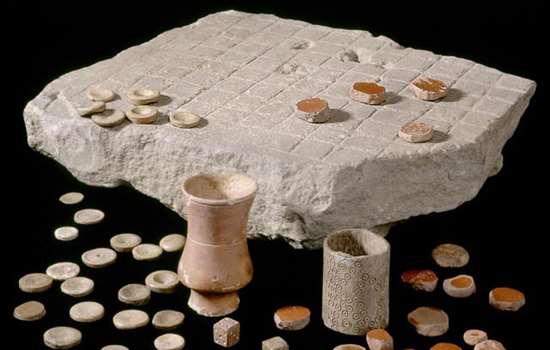
The daily experiences of most people in Britain were inevitably touched by its incorporation into the Roman Empire.
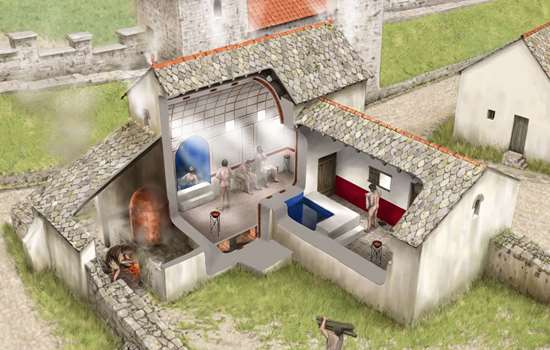
Discover how the Roman conquest changed what people in Britain ate, and how they looked after their health.
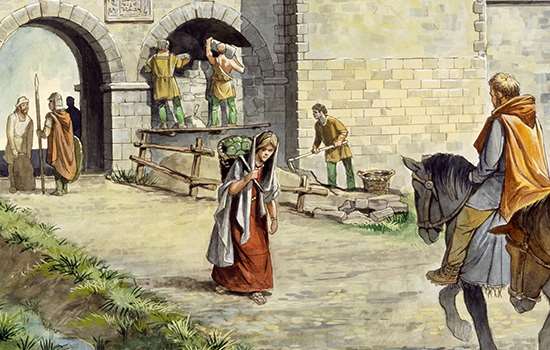
Once sworn enemies of Rome, the Dacians – from modern-day Romania – became trusted protectors of Hadrian’s Wall. Explore their story and legacy.
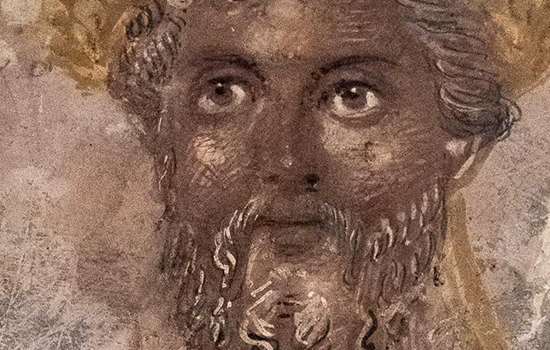
Learn about the Roman emperor who conducted brutal military campaigns in Parthia and Britain, and left a lasting mark on Hadrian’s Wall.
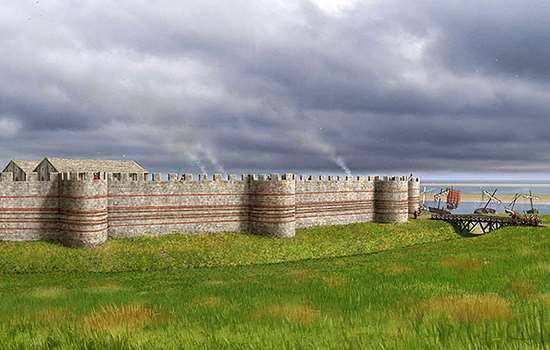
Discover what we know about the Roman forts built along the coast of east and south-east England in the 3rd century AD.
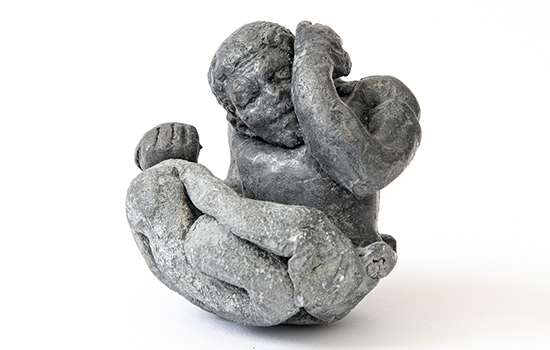
Recent research into a lead figurine of a black African discovered at Wall Roman Site has led to a reinterpretation of its identity.
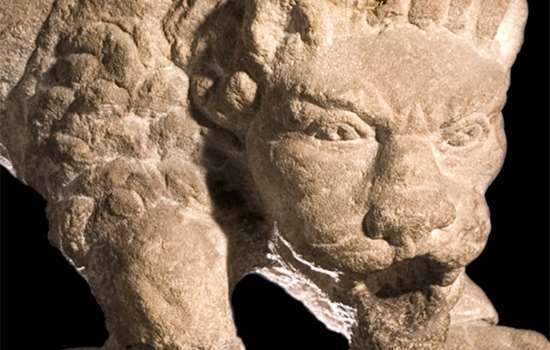
The exquisite sculpted lion discovered at Corbridge Roman Site offers a tantalising glimpse into the changing beliefs of Romans living in Britain.
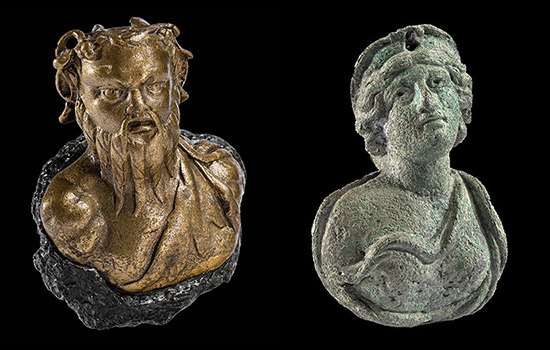
See some of the remarkable faces – of gods, monsters, men, women and animals – from the objects in Richborough Roman Fort’s museum.
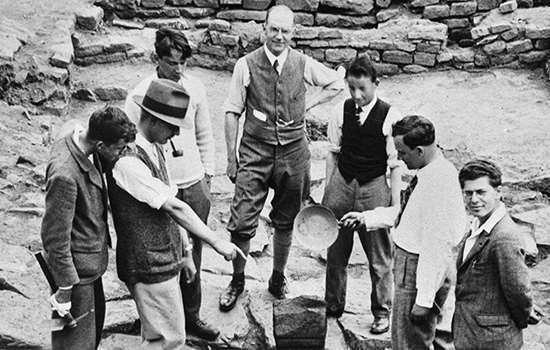
The remains of Birdoswald Roman Fort have revealed more about Hadrian’s Wall and the people who lived there than any other site along the Wall.
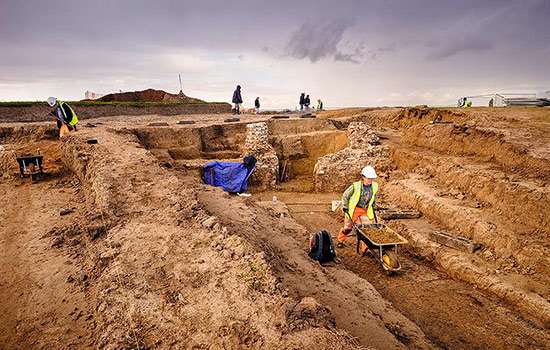
Excavations of Richborough’s Roman amphitheatre in 2021 produced some revolutionary results. Find out what the archaeologists discovered.
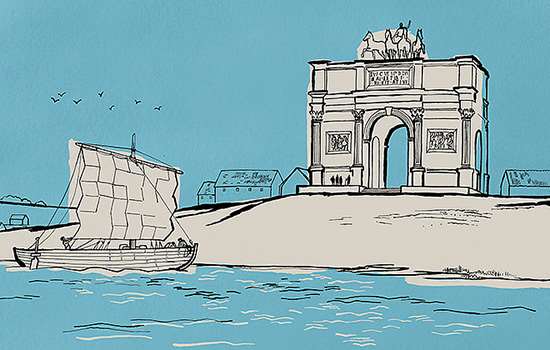
The story of Richborough’s monumental arch reveals the great importance of Richborough to the Romans as the gateway to Britannia.
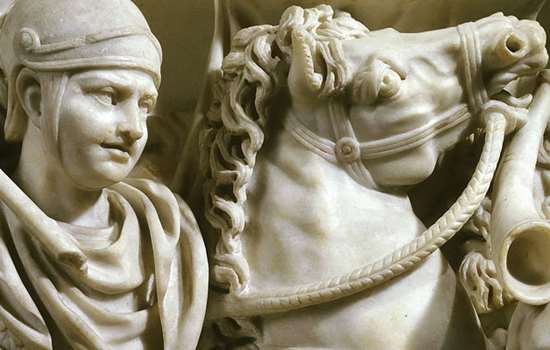
Discover how excavations on Hadrian’s Wall have revealed why it has always been so difficult to discover where Roman soldiers kept their horses.
Listen to these English Heritage Podcast episodes to explore the archaeological discoveries made at our Roman sites, and what they can tell us about life during the Roman period.
